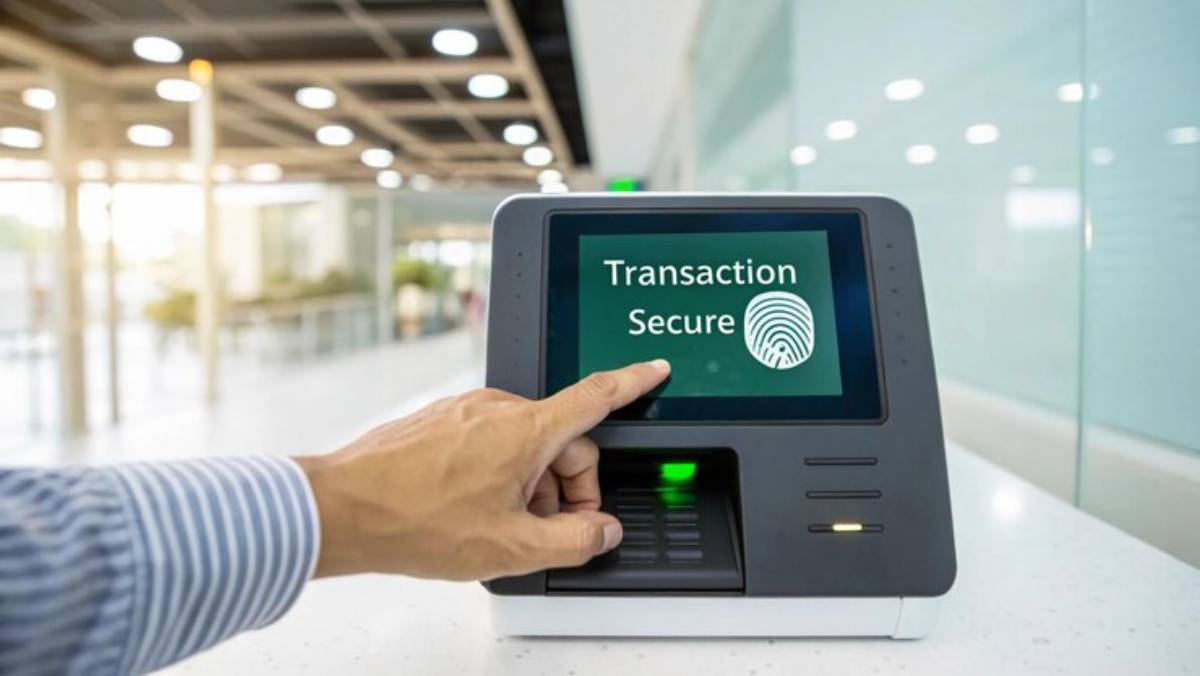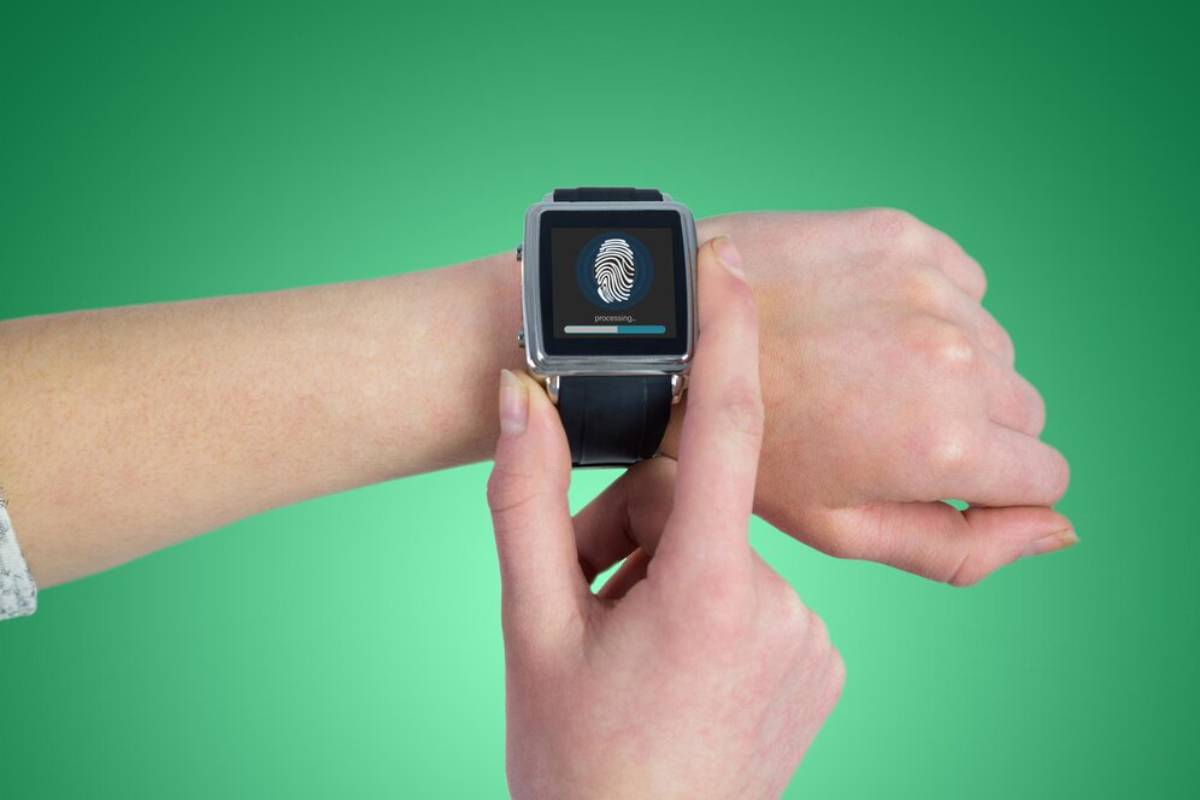
Biometric Authentication in Payment Gateways: Securing Transactions with Fingerprint and Facial Recognition
The Human Touch Revolutionising Payment Security
Picture this: you’re at a bustling coffee shop, ready to pay. Instead of reaching for your card or typing a password, you simply glance at your phone. Payment confirmed. This is the power of biometric payments—seamless, secure, and driven by the unique characteristics that make you, well, you.
Fingerprint authentication and facial recognition payments are becoming more common. They are changing how payment gateways work. No more forgotten passwords or misplaced cards—just the convenience and security of using your body as your key.
In this guide, we’ll look at how biometric authentication works with payment gateways. We’ll also cover its benefits, challenges, and best practices. No matter if you’re a business owner, developer, or just curious, you’ll learn a lot about this new technology.
What Is Biometric Authentication in Payments?
Biometric authentication checks a person’s identity using unique traits. These traits can be fingerprints, facial features, voice, or iris patterns. In payment gateways, this technology enhances security by replacing traditional passwords or PINs.
Types of Biometric Payments:
- Fingerprint authentication
- Facial recognition payments
- Voice recognition
- Iris scanning
These methods ensure that transactions are authorised by the rightful user.
Why Biometric Payments Are Gaining Momentum

1. Enhanced Security
Biometric data is unique to each person, making it difficult for fraudsters to replicate.
- Fact: According to Juniper Research, biometric payments will authenticate over £4 trillion in transactions by 2025.
2. Convenience and Speed
No more typing passwords or carrying cards. Biometrics offer fast, frictionless payments.
- Scenario: A customer completes checkout with a quick fingerprint scan.
3. Growing Consumer Trust and Adoption
Smartphones with built-in biometric sensors drive adoption.
- Stat: Over 80% of smartphones shipped globally now include fingerprint or facial recognition features.
How Biometric Authentication Integrates with Payment Gateways
1. Biometric Capture
The customer uses their device’s biometric sensor, like a fingerprint scanner or facial recognition camera, at checkout.
2. Secure Matching and Verification
The biometric data is matched locally (on the device) without being transmitted, ensuring privacy.
3. Payment Authorisation
Once verified, the payment gateway processes the transaction, confirming the purchase.
Key Technologies:
- Apple Pay’s Face ID and Touch ID.
- Google Pay’s biometric verification.
Benefits of Biometric Authentication in Payment Gateways
1. Improved Security Against Fraud
Biometrics are far more secure than passwords or PINs.
- Example: A stolen card can be misused, but replicating a fingerprint or face is much harder.
2. Frictionless User Experience
No need to remember passwords or carry multiple cards.
- Scenario: A user authorises a payment with a glance, streamlining checkout.
3. Reduced Operational Costs
Fewer fraud incidents mean lower chargeback rates and compliance costs.
- Benefit: Enhanced trust and fewer manual verifications.
4. Regulatory Compliance Support
Biometric payments meet Strong Customer Authentication (SCA) rules, such as PSD2 in the EU.
- Outcome: Ensures compliance while enhancing user convenience.
Challenges of Biometric Payments in Gateways
1. Privacy and Data Security Concerns
Storing or transmitting biometric data raises privacy issues.
- Solution: Ensure that biometric data is stored locally (device-based matching) and encrypted.
2. Device Dependency
Biometric authentication relies on compatible devices.
- Scenario: Older devices without biometric sensors limit adoption.
3. False Positives and Negatives
Environmental factors can affect accuracy (e.g., poor lighting for facial recognition).
- Tip: Implement fallback options like PIN or password.
4. Regulatory Complexities
Biometric data is sensitive and subject to strict laws (GDPR, CCPA).
- Strategy: Stay updated on compliance requirements and ensure consent.
Best Practices for Implementing Biometric Payments
1. Use Device-Based Authentication
Leverage the built-in biometric capabilities of smartphones.
- Example: Apple’s Secure Enclave and Android’s Trusted Execution Environment.

2. Ensure Compliance with Data Privacy Laws
- Obtain explicit user consent.
- Avoid transmitting or storing biometric data on external servers.
3. Provide Fallback Options
Offer alternative authentication methods for users without biometric-enabled devices.
- Tip: Enable PIN, password, or token-based authentication.
4. Partner with Biometric-Enabled Payment Gateways
Choose gateways that support biometric payments.
- Popular Choices: Stripe, Adyen, Square.
5. Educate Users About Biometric Security
Explain how biometric authentication works. This promotes transparency and builds trust. It also shows how it protects their data.
- Strategy: Use clear in-app notifications or FAQs.
Real-World Example: Enhancing Security with Biometric Payments
A European online marketplace added Apple Pay’s facial recognition and Google Pay’s fingerprint authentication. Prior to the integration, users reported frustration with manual verifications during checkout. Post-integration, transaction completion times halved, and fraud incidents dropped by 35%.
Biometric authentication can enhance security and improve user satisfaction in payment gateways.
Comparing Biometric Methods for Payment Authentication
| Method | Security Level | Convenience | Device Dependency |
| Fingerprint Authentication | High | High | Moderate |
| Facial Recognition Payments | High | Very High | High |
| Voice Recognition | Medium | Moderate | Moderate |
| Iris Scanning | Very High | Low | High |
This comparison shows the best biometric payment method for your business and customers.
Trends in Biometric Payments for 2025
1. Multi-Modal Biometrics
Combining fingerprint, facial, and voice recognition for enhanced security.
2. AI-Powered Biometrics
AI improves accuracy and reduces false positives in biometric authentication.

3. Wearable Biometric Payments
Smartwatches and fitness trackers are equipped with biometric sensors.
4. Integration with Decentralised Identity Systems
Biometrics paired with blockchain to enhance privacy and security.
Staying ahead of these trends ensures your payment gateways remain competitive and secure.
Conclusion: Embrace Biometric Authentication for Secure Payments
Biometric payments are reshaping payment gateways, offering unmatched security and convenience. Fingerprint authentication and facial recognition payments are becoming common. Businesses using these tools get a competitive edge. They reduce fraud and improve user experience.
Integrating biometric authentication helps build trust. It also ensures compliance and educates your customers. This way, you can streamline transactions. This isn’t just about embracing technology—it’s about future-proofing your business.
Are you ready to integrate biometric payments into your gateway? Share your thoughts or questions below. Also, subscribe for more insights on new payment technologies!


